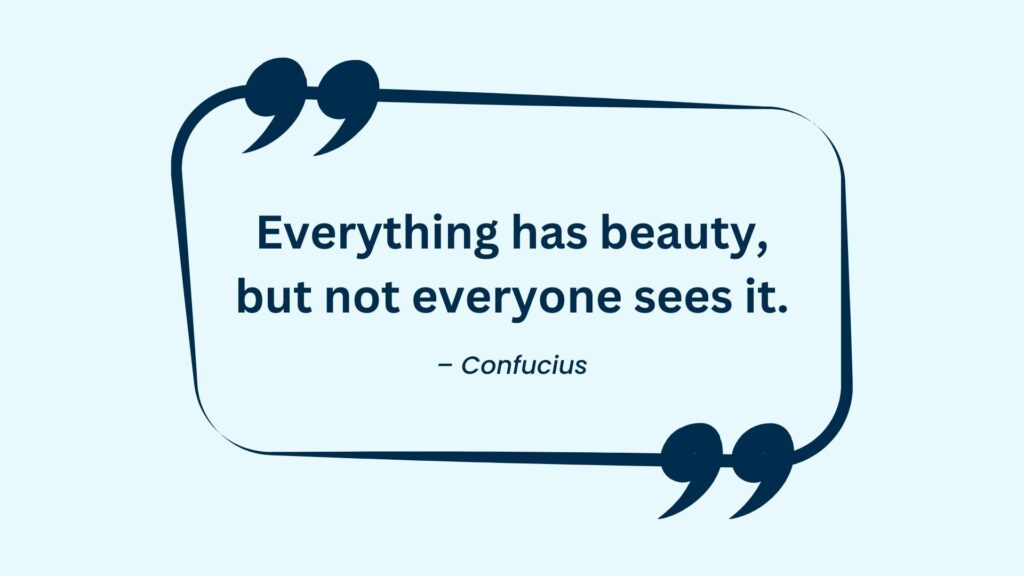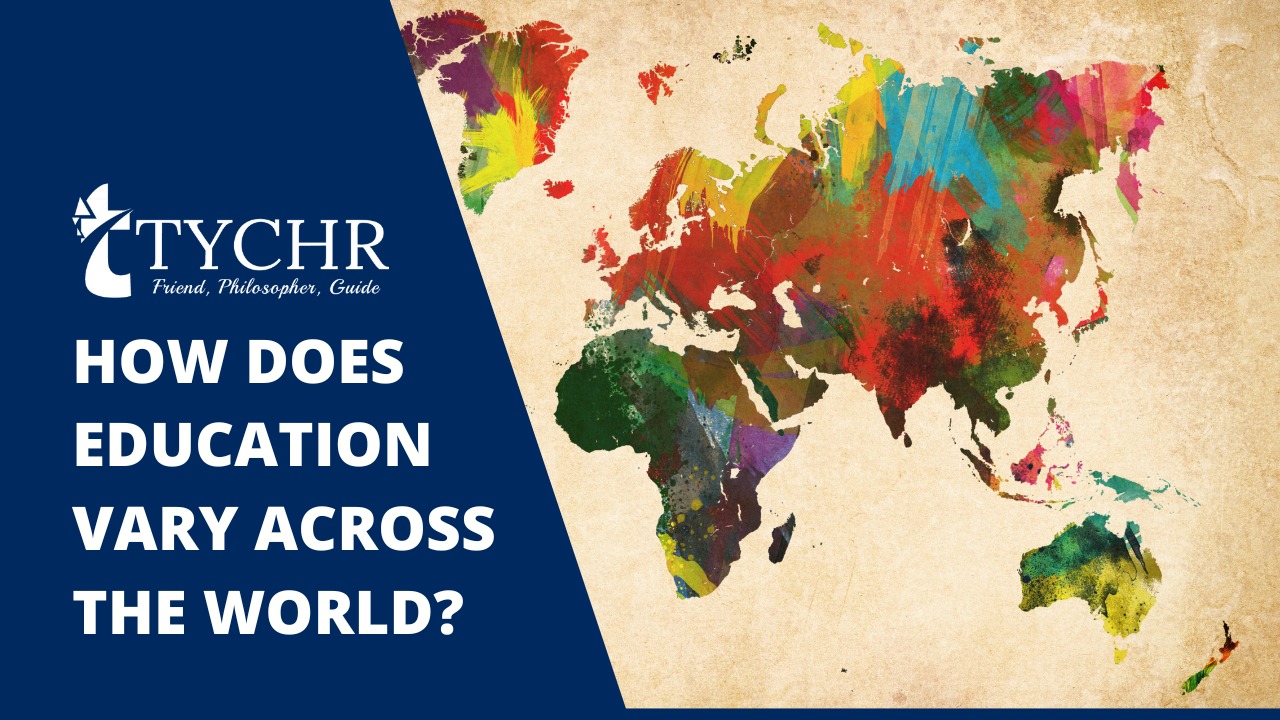Table of Contents
Education is a crucial foundation of society, providing individuals with the knowledge and skills necessary to succeed in life. It is a vast and complex field that varies greatly across the globe, shaped by cultural values, history, politics, and economics. From the number of years a student spends in school to the subjects they study, the way education is approached can vary drastically, making it an endlessly fascinating topic to explore.
In this article, we will take a journey through the world of education, examining the unique approaches and practices of education systems around the world. We will explore the rigorous and comprehensive European education system, the disciplined and multi-tasking Japanese system, the focus on memorization in China, the challenges and innovations of education in Africa, the decentralized yet sports-focused American system, and the highly valued and competitive system in Argentina, among others.
So, grab a pencil and paper, and let’s dive into the wild and wacky world of education, where bullfighting can be a part of physical education, and even tutoring classes have tutoring classes. Get ready for a rollercoaster ride that will leave you both entertained and enlightened.
Let’s start our journey in Europe, where education systems have been in place for centuries. From kindergarten to university, the education system in Europe is known for being rigorous and comprehensive. However, while some European countries have a lot of variety in their education system, others tend to be more focused on specific subject areas. In France, for example, students are required to study philosophy in their final year of high school. And what’s not to love about philosophy? It’s like studying the meaning of life, the universe, and everything in between! Meanwhile, in Spain, bullfighting is included in some schools’ physical education classes. No, we’re not joking, that’s actually a thing.
Moving over to Asia, we find a whole new world of education systems. In Japan, the education system is known for being incredibly disciplined, with students often attending school six days a week. Wow, that’s a lot of school! But that’s not all, in Japan, students also clean their classrooms and school buildings themselves as a way of teaching them responsibility and teamwork. Talk about multi-tasking! In China, on the other hand, the education system is focused on memorization and rote learning. Students are expected to memorize vast amounts of information, from mathematical formulas to historical events, and recite them verbatim. No wonder China is so good at producing prodigies! Of course, we can’t forget to mention the education system in India, one of the world’s most populous countries.
Education has been a top priority in India since ancient times, with the country being home to some of the world’s oldest universities. However, the modern education system in India has had its challenges, such as a shortage of quality teachers and insufficient funding. Despite these challenges, India has made great strides in improving its education system in recent years. For example, the government has launched several initiatives aimed at improving access to education, particularly for girls and disadvantaged communities. Additionally, India is known for its strong emphasis on science and technology education, with many Indian students excelling in fields such as engineering and computer science. The education system in India is vast and diverse, with a wide range of institutions, including government-run schools, private schools, and universities.
Now let’s hop over to Africa, where education is seen as a key tool for economic and social development. Unfortunately, due to economic hardships and conflict, many African countries face challenges in providing quality education to their citizens. However, there are some bright spots. For example, in Ghana, education is free and compulsory for children between the ages of six and fifteen. Meanwhile, in Kenya, the education system is known for its focus on creativity and innovation. One Kenyan school even teaches students how to make and fly drones. Now that’s what we call high-flying education!
Next, let’s travel across the pond to North America. In the United States, the education system is decentralized, with each state setting its own standards and requirements. This means that education can vary widely depending on where you live. However, one thing that is consistent across the country is the emphasis on sports. In many schools, sports teams are treated like celebrities, with pep rallies, cheerleaders, and even live broadcasts of games. It’s not uncommon for a high school football game to draw a bigger crowd than a presidential rally! Meanwhile, in Canada, the education system is more focused on practical skills and real-world experience. For example, many Canadian high schools offer co-op programs, where students can work part-time jobs and gain valuable work experience while still in school.
Last but not least, let’s head down to South America, where education systems vary widely. In Brazil, education is compulsory for children between the ages of six and fourteen, and the government is working hard to improve the quality of education across the country. Meanwhile, in Argentina, education is highly valued, and the literacy rate is one of the highest in the world. However, the education system is known for being highly competitive, with students often attending private tutoring classes in addition to regular school. That’s right, in Argentina, even the tutoring classes have tutoring classes!
In addition to the unique approaches and practices of education systems, another aspect that varies across countries is the choice of educational boards or curricula followed by schools. Educational boards play a crucial role in setting standards, designing curricula, and conducting examinations. Let’s explore some of the prominent educational boards followed in different countries around the world.
In Europe, one of the most well-known educational boards is the International Baccalaureate (IB) system. The IB offers programs for students aged 3 to 19 and is recognized globally for its rigorous and holistic approach to education. The curriculum emphasizes critical thinking, inquiry-based learning, and international-mindedness. The IB Diploma Program, in particular, is highly regarded for its academic rigor and is accepted by universities worldwide.
Moving to the United Kingdom, the education system is largely influenced by two main boards: the Cambridge Assessment International Education (CAIE) and the Oxford, Cambridge and RSA Examinations (OCR). CAIE, previously known as Cambridge International Examinations, offers a wide range of qualifications, including the Cambridge Primary, Cambridge Secondary, and Cambridge Advanced levels. OCR, on the other hand, provides qualifications such as General Certificate of Secondary Education (GCSE) and A-Level exams.
In the United States, the educational landscape is diverse, with various boards and curricula available. The most widely recognized educational boards include the Advanced Placement (AP) program, which offers college-level courses and exams for high school students, and the International Baccalaureate (IB) system, mentioned earlier. Additionally, individual states often establish their own educational standards and administer state-level assessments.
In India, the Central Board of Secondary Education (CBSE) is one of the most popular educational boards. CBSE conducts examinations for students up to the 12th grade and follows a comprehensive curriculum designed to promote a holistic education. The Indian Certificate of Secondary Education (ICSE) is another notable board in India, known for its emphasis on a broad-based curriculum and comprehensive evaluation methods.
In Australia, the education system primarily follows the Australian Curriculum, Assessment, and Reporting Authority (ACARA) framework. ACARA sets the national standards for educational content, assessment, and reporting across different subject areas. Additionally, the Victorian Certificate of Education (VCE) in the state of Victoria and the Queensland Certificate of Education (QCE) in Queensland are state-specific boards that offer senior secondary qualifications.
In East Asia, China has its own educational board known as the National College Entrance Examination (NCEE) or Gaokao. The Gaokao is a high-stakes examination that determines university admissions and is known for its difficulty and competitiveness. The curriculum focuses on a wide range of subjects, including mathematics, Chinese language, foreign languages, and sciences.

A Unique Education System
One example of a unique education system case study is the Finnish education system. Finland is often recognized for its innovative and successful approach to education.
The Finnish education system, known for its exceptional outcomes, offers a compelling case study. Finland consistently ranks among the top performers in international assessments, such as the Program for International Student Assessment (PISA). A notable case study within this system is the city of Helsinki.
In Helsinki, education policies and practices reflect the overarching principles of the Finnish system. The city places a strong emphasis on equality and ensuring that all students have equal access to quality education. Schools in Helsinki, like in the rest of Finland, have a high degree of autonomy in designing their curricula, tailoring them to meet the needs and interests of their students.
One remarkable aspect of the Finnish case study is the professional development and training of teachers. Helsinki invests heavily in teacher education, attracting top talent and providing them with comprehensive training. Teachers in Helsinki are highly qualified, constantly updating their skills, and empowered to make pedagogical decisions that best support their students’ learning.
Moreover, Helsinki’s educational approach focuses on fostering a love for learning and providing a well-rounded education. Play-based learning is emphasized in the early years, allowing children to explore, discover, and develop their social and cognitive skills. The curriculum in Helsinki emphasizes critical thinking, problem-solving, and collaborative learning, preparing students for real-world challenges.
The Finnish system also demonstrates a departure from excessive standardized testing. Instead, Helsinki relies on continuous assessment, providing teachers with rich information about students’ progress and allowing for personalized instruction. This approach cultivates intrinsic motivation and a holistic view of education.
The case study of Helsinki exemplifies the unique features of the Finnish education system, such as equity, teacher professionalism, play-based learning, and a reduced emphasis on standardized testing. By examining Helsinki’s approach, education policymakers and practitioners worldwide can gain insights into alternative models that prioritize student well-being, personalized instruction, and a comprehensive view of learning.
These are just a few examples of the educational boards followed in different countries. Each board brings its own unique curriculum, assessment methods, and grading systems, shaping the educational experience and determining the pathways for students in their academic journey. The choice of the educational board often reflects the country’s educational philosophy, priorities, and cultural context, providing students with diverse educational opportunities and preparing them for future endeavours. Apart from the educational boards mentioned above, there are several other notable boards followed in different countries. For instance, in France, the Baccalauréat (commonly known as the Bac) is a national examination that determines university admissions. In Germany, the Abitur is a qualification that signifies the completion of secondary education. Similarly, the Council for the Indian School Certificate Examinations (CISCE) conducts the Indian School Certificate (ISC) examination in India, providing an alternative to the CBSE and ICSE boards. These diverse boards offer students a range of educational pathways and opportunities for academic growth.
Conclusion
Education across the world encompasses a broad spectrum of approaches and practices that reflect the values, history, politics, and economics of each region. From the rigorous and comprehensive systems in Europe to the disciplined and multitasking systems in Asia, the focus on creativity and innovation in Africa, the decentralized yet sports-oriented system in North America to the highly competitive education system in Argentina, the diversity of education systems is both fascinating and impactful.








